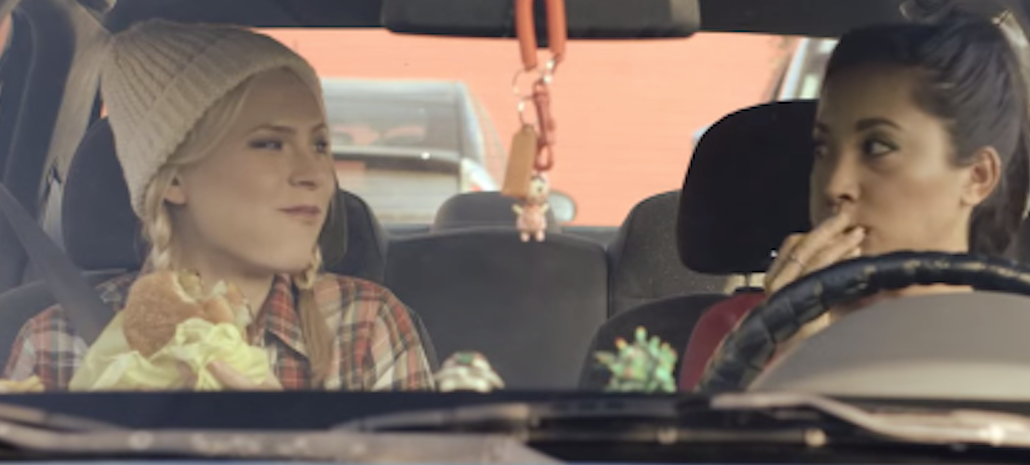
By the standards of BuzzFeed, which tries to maximize how much its content is shared, its campaign for Toyota was a hit. Of everyone who saw the campaign, three in 10 shared it with others. At the center was a video, “First Car Vs. First REAL Car,” which went viral with 1 million views in less than two weeks. The clip humorously compared the experience of owning one’s first lemon to owning one’s first “real” car (a Toyota, of course).
Whether the campaign led to more people visiting showrooms or buying cars, BuzzFeed can’t say. But the publisher claims that being able to make that link is a huge priority for the publisher. Senior director of research Tami Dalley will be doubling her staff this year to prioritize ROI for its native ads, online and in video.
“It’s a monstrous focus for us right now,” said Jonathan Perelman, vp of BuzzFeed Motion Pictures. “Social lift is what we’ve been talking about for a very long time. But we also want to make sure we move product. I would love to say, ‘Someone viewed this and walked into a Corolla leadership the next day.’ It’s not easy. But a lot of people are liking it; a lot of people are sharing it.”
Native advertising is most commonly used by brands to promote awareness and establish themselves as a thought leader. But as many digital marketers are used to tying ads to sales results, à la search and direct-response marketing programs, publishers are hearing more demand for native ads to demonstrate proof of performance. As a result, more call-to-action buttons are showing up in native ads.
But given how hard it is to prove display ads drive sales, it’s just as hard, if not more so, to do with native. “It’s still very difficult to get actionable data to judge or optimize a campaign,” said Todd Sawicki, CEO of Zemanta, a programmatic native ad platform. “Today, most multi-point attribution modeling is done well after the fact and even then only really works when there are large, significant campaigns that will show up in the market research. Right now, most native advertising is small and experimental and doesn’t yet rise to the level where it shows up in those models.”
While attribution is difficult to prove with native, it’s expected that such ads will convert better than banner ads, which ultimately will make native more efficient for the advertiser, said Brian Ko, managing partner, digital for MEC.
“Because native allows you to see more and do more, advertisers are expecting more and want to track more,” he said. “It goes beyond viewing to more transactional, response-driven. We will continue to drive publishers to get that.”
The growth in BuzzFeed’s branded video suggests that advertisers are showing patience for now. BuzzFeed produced more than 100 last year after just 10 in 2013. A team of 40 creatives churns out upwards of 40 videos a week for brands. Perelman said BuzzFeed has the benefit of having done thousands of videos for editorial so far, which gives it a lot of information about what works best on what platforms.
And while millennials are holding out on buying cars, Perelman said the campaign is equally aimed at older visitors as a nostalgia play. “Overall, it’s about creating content that evokes some sort of emotion,” he said.
Photo courtesy of YouTube.
More in Media

Digiday+ Research: Publishers’ growing focus on video doesn’t translate to social platforms
Major publishers have made recent investments in vertical video, but that shift is not carrying over to social media platforms.

Technology x humanity: A conversation with Dayforce’s Amy Capellanti-Wolf
Capellanti-Wolf shared insight on everything from navigating AI adoption and combating burnout to rethinking talent strategies.

How The Arena Group is rewriting its commercial playbook for the zero-click era
The company is testing AI-powered content recommendation models to keep readers moving through its network of sites and, in doing so, bump up revenue per session – its core performance metric.





